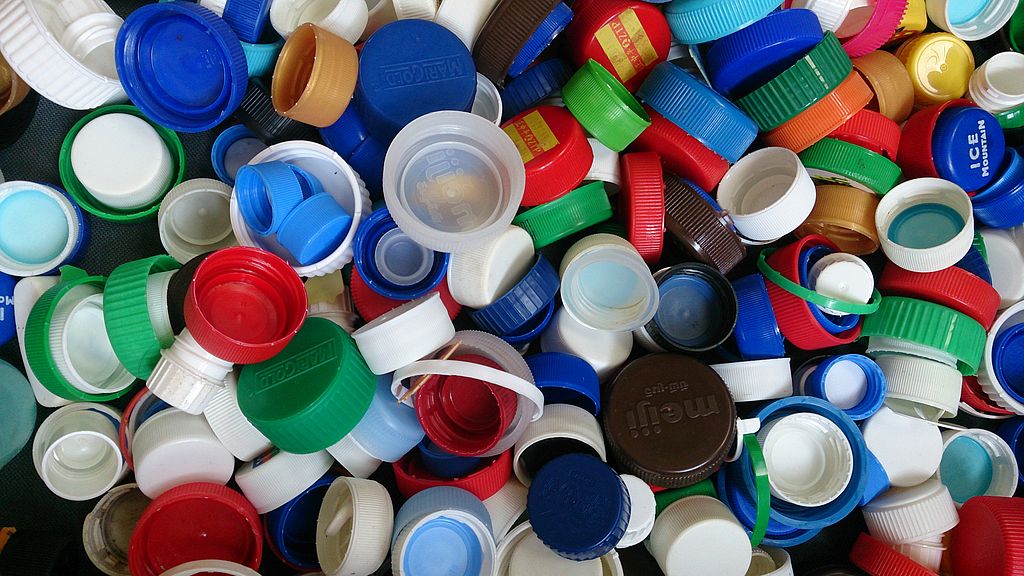With all the information available on recycling these days, it is not uncommon for miscommunication to spread. Well-intentioned individuals could actually recycle incorrectly as a result of misinformation. What’s important to remember is this – recycling rules vary from county to county. Below are some common misconceptions about recycling at the University of Rochester de-mystified:
Myth #1: Styrofoam and plastic bags can be put in the recycle bin
Truth: In 2011, Monroe County expanded its recycling program to include all plastics #1-7. Yet, Styrofoam is not acceptable, even though it is technically a #6 plastic. This is because Styrofoam is an air blown form of #6 plastic, which is not typically cost effective to recycle. Therefore, the market to recycle this material is very limited and results in no options to collect the material on a large scale currently. Do keep in mind, however, the rigid form of #6 plastic is still acceptable for recycling. There is similar confusion associated with plastic bags. Though plastic bags are typically made from #2 or #4 plastic, they are not suitable for traditional recycling. Plastic bags can very easily blow away in the wind and create a litter problem with curbside pickup. Additionally, the bags get caught in the sorting machines in the recycling facility, often creating damage. For these reasons, plastic bags cannot be placed in regular recycle bins. Luckily, however, certain stores and supermarkets are required in New York State law to offer plastic bag recycling. These facilities bail the bags first to prevent them from becoming windblown. At the University, EcoReps collect plastic bags to be recycled in the residential buildings as a service to students.
Myth #2: All trash and recyclables from the Medical Center are burned
Truth: This is simply not correct. Only a very small percentage of the waste generated overall is incinerated. In 2013, the Medical Center generated 5,330 tons of waste. Of this, 35 tons were incinerated because it was hazardous waste. Regulated medical waste is treated in an autoclave then sent to a landfill along with municipal solid waste. Recyclable materials, however, is picked up by Waste Management and recycled accordingly. Although some individuals refer to the locked containers for confidential documents as “burn bins”, this title is incorrect. The papers in these containers are securely shredded and recycled, never burned.
Myth #3: Caps from bottles and jugs are not recyclable
Truth: The caps you find on plastic bottles and jugs are, in fact, recyclable. Just remember to detach them from the container before you place it in your recycling bin. Additionally, remember that all containers that you recycle must be clean and empty.
For more information about recycling at the University of Rochester, please visit http://www.rochester.edu/sustainability/recycling/.
Written by Lauren Henry, Class of 2014
Photo Source: http://commons.wikimedia.org/wiki/File:Bottle_caps_2.jpg

